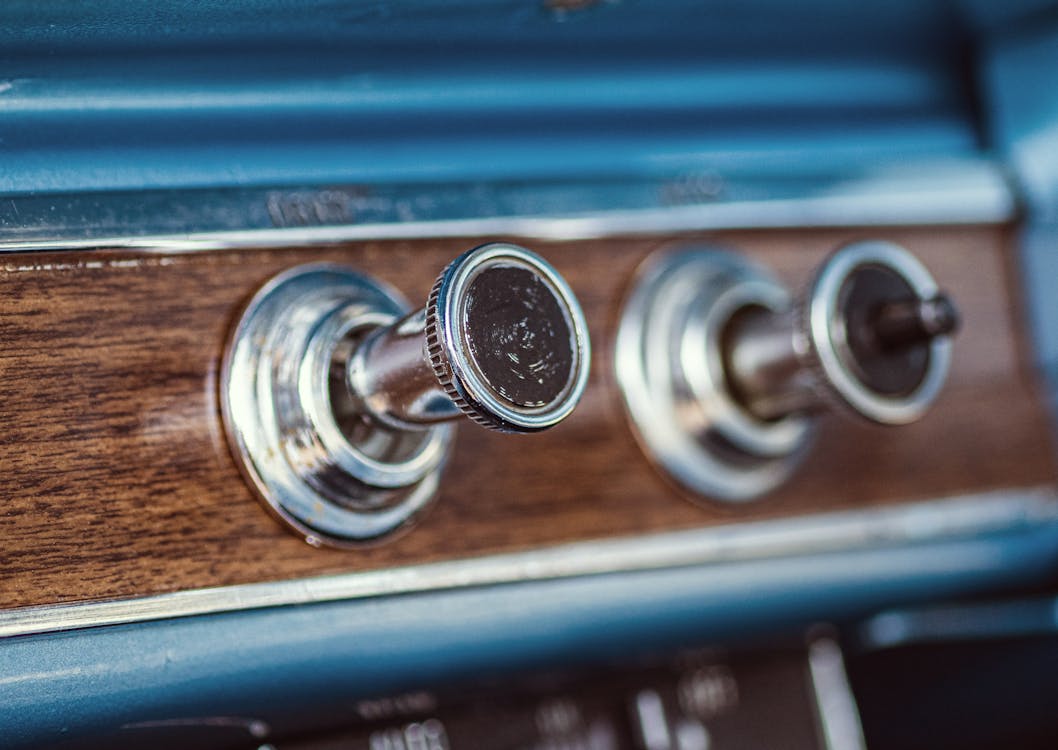
For the past decade, car insides have been rapidly advancing toward sleek, screen-dominated control board. Touchscreens replaced standard knobs, sliders, and switches in what numerous thought was the inescapable march of progress. Yet, in an unforeseen twist, physical buttons are silently making their way back into modern-day automobiles. The change signals more than simply a nostalgic nod-- it's an action to real-world feedback from vehicle drivers craving simplicity, safety and security, and tactile fulfillment.
The Digital Overload Dilemma
When touchscreens first began taking control of control panels, they felt like the future: clean, adjustable, and filled with features. They eliminated clutter and enabled car manufacturers to simplify their insides with fewer physical components. However as more functions were hidden within electronic food selections, drivers began to voice worries.
Touchscreens usually require multiple steps to do fundamental jobs like readjusting the environment or transforming the radio terminal. Unlike switches, they do not have the user-friendly muscle mass memory that enables a motorist to transform a setting without taking their eyes off the roadway. With a lot taking place on-screen, it ends up being all as well simple to get sidetracked-- something no person wants when traveling at freeway rates.
The Return of Tactile Functionality
One of the most significant advantages of switches is their responsive comments. You can feel them without needing to look. This sensory support makes them not just convenient but more secure for motorists. When your hand naturally knows where the quantity knob is or how much to push a switch to trigger the defrost, it decreases the demand to glimpse down or away from the roadway. And while touchscreens offer ease for infotainment and navigating, the essential daily functions-- like threat lights, audio controls, and HVAC-- feel far better fit to physical controls.
In fact, several chauffeurs that previously spoke highly of electronic systems have shared gratitude for more recent models that blend modern-day looks with the useful feeling of conventional controls. It's not concerning declining innovation-- it's regarding boosting usability.
A Balanced Design Philosophy
Developers have actually paid attention to this changing belief. Instead of abandoning screens, they're reassessing just how they're integrated. The very best insides currently strike an equilibrium between digital flexibility and analog precision. That indicates strategically putting switches for essential functions while utilizing digital interfaces for apps, navigation, and media.
This hybrid method is specifically preferred in vehicles developed for long-distance driving or households. The simplicity of pushing a button without fumbling through a food selection makes a large distinction when you're attempting to remain focused, comfortable, and safe. Also in lorries known for cutting-edge tech, a simple rotating dial or tactile control can be the feature that gains drivers looking for thoughtful layout.
Buttons and the Emotional Connection
There's additionally something distinctively emotional concerning switches. They bring a certain degree of interaction that touchscreens just do not duplicate. Pressing a switch or transforming a dial seems like you're physically interacting with your auto-- it includes a layer of connection that makes the driving experience more delightful.
For those thinking about used Chevy cars, cars from current years frequently supply the best of both worlds: receptive touch interfaces paired with timeless physical controls. These versions bridge the gap between technology and familiarity, making them suitable for drivers who appreciate contemporary functions without giving up ease of use.
Innovation more info Isn't Just About Screens
It's very easy to merge technology with screens, however real technology means improving the chauffeur experience. In this light, buttons are a type of wise design. They're fast, accurate, and don't demand attention. As vehicle style ends up being progressively driver-centric, ease and intuition take spotlight.
This likewise ties directly into the resale and trade-in worth of lorries. Cars that focus on straightforward functions have a tendency to age far better in the eyes of future customers. If you're taking into consideration a Chevrolet trade in, understanding that your present lorry uses a thoughtfully made interior, full with easily obtainable controls, can have a favorable impact.
The Future Is Functional
As cars and truck producers re-evaluate the duty of interfaces in the cabin, they're assisted by chauffeur responses and real-world usability research studies. The resurgence of buttons does not signify a return to the past-- it's an advance in thoughtful, user-first layout. It acknowledges that development does not constantly imply getting rid of the old yet integrating it in a way that makes driving much safer, less complex, and more pleasurable.
If you're in the marketplace and discovering Chevy new car deals, watch on exactly how various designs manage their interior controls. It's not practically the touchscreen size-- it's about how the vehicle helps you remain concentrated on the roadway while making your everyday commute much more user-friendly. Buttons might not be the flashiest feature, but they're promptly turning into one of the most appreciated.
For even more understandings into automotive trends, interior decoration advancements, and smart car purchasing pointers, make sure to check back frequently. We're always upgrading the blog with fresh ideas to aid you navigate the roadway in advance.